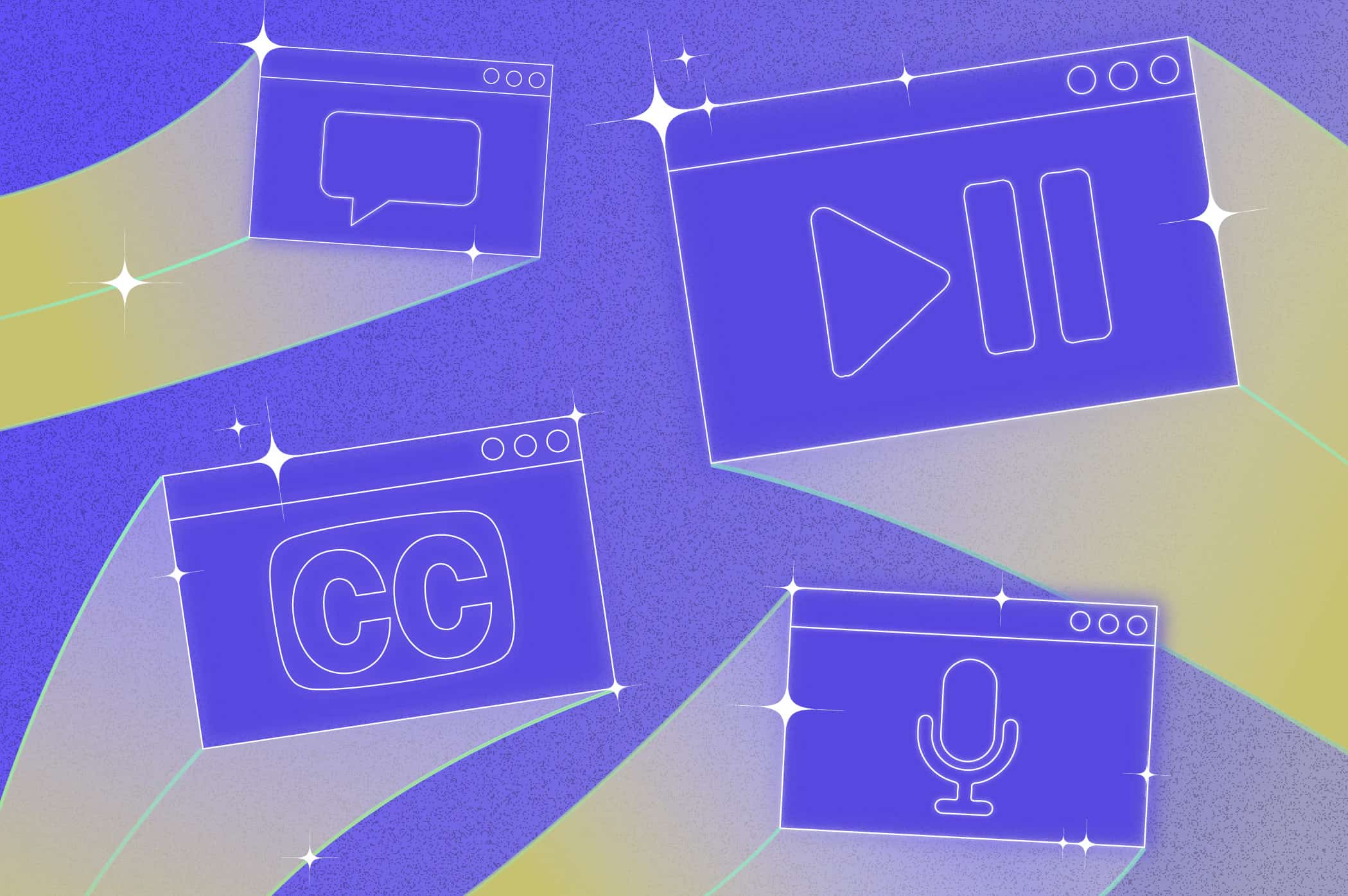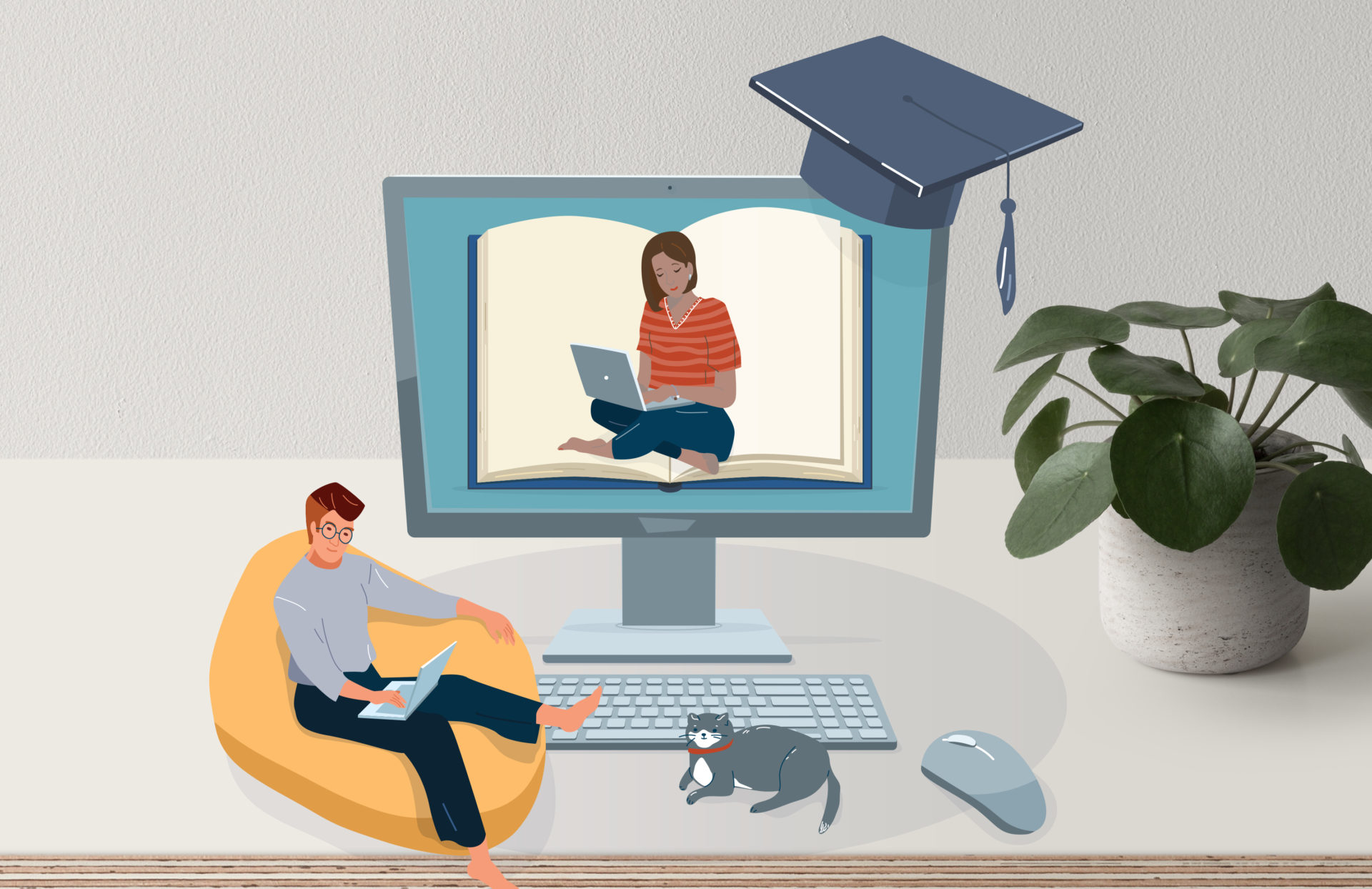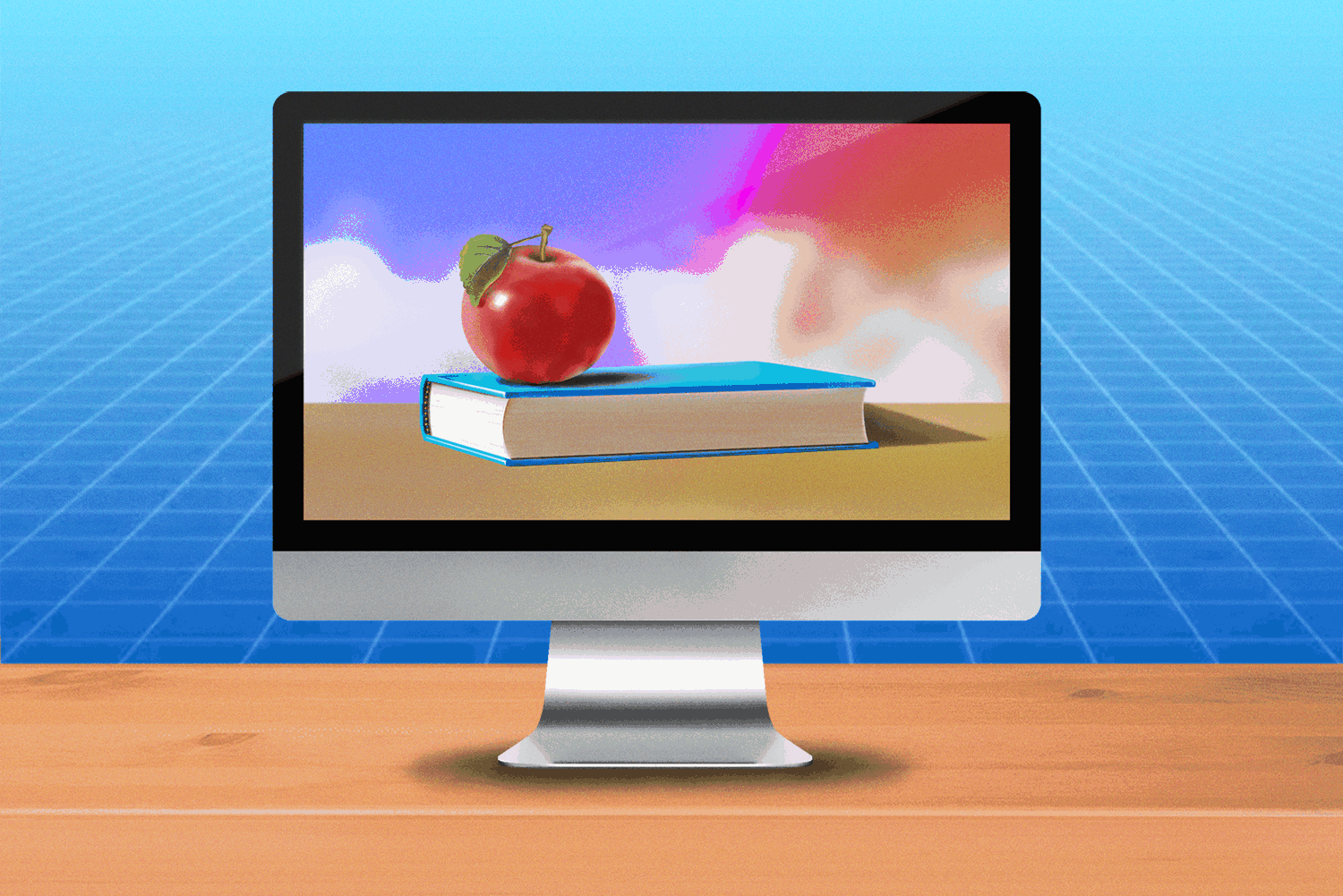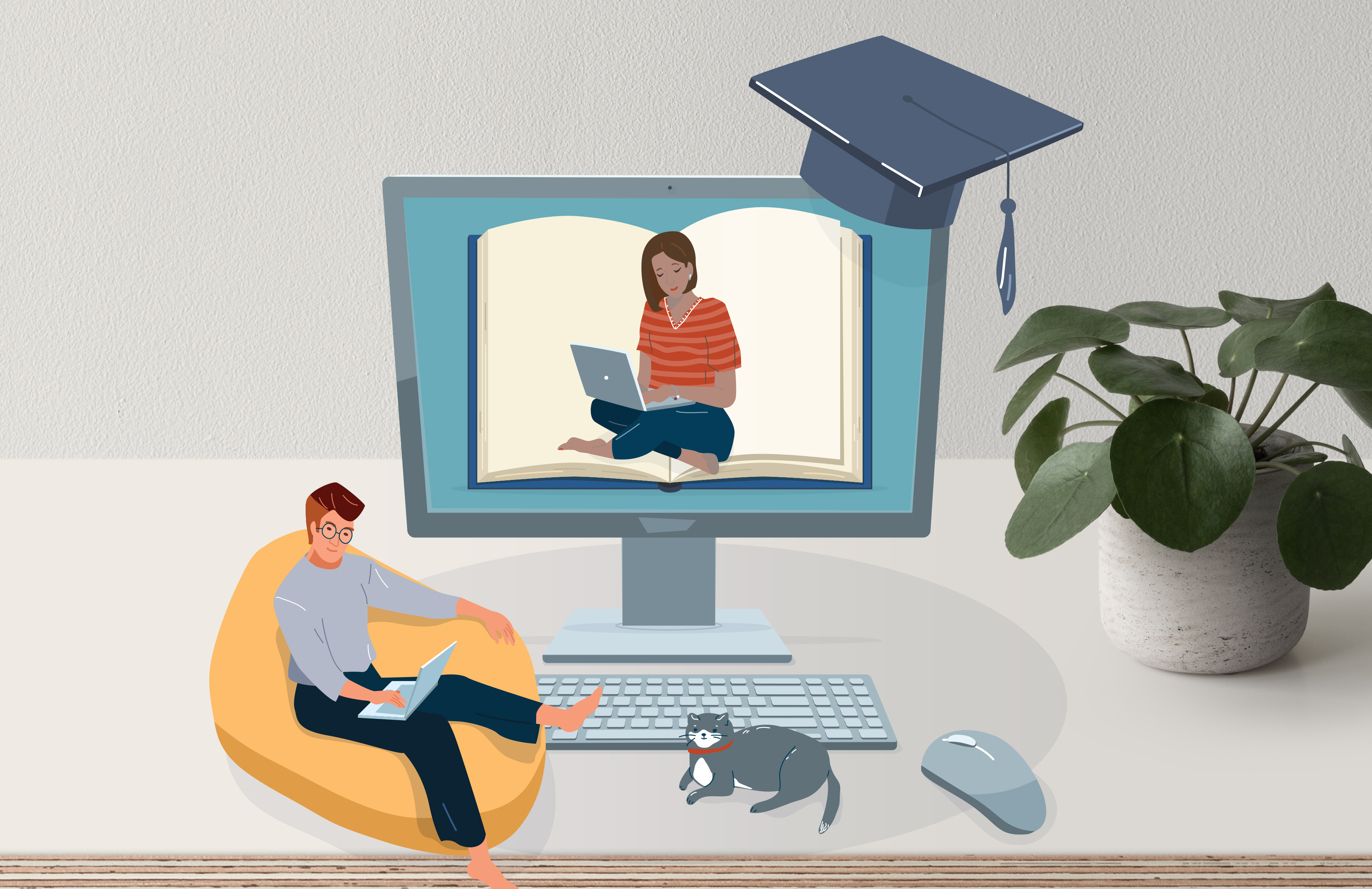
How Remote Captioning Makes Online Education Easier
In these difficult times, we need to keep adapting to new situations. And we also need to make it as easy as possible for us to get important work done under the circumstances.
Most universities and colleges are transitioning to online education as classes begin again, if they have not done so already.
This will mean a new way of working for staff, and a new way of studying for students.
For students with disabilities, this can be an even more fraught time. Access challenges can be compounded in isolation.
And this is especially true of many deaf and hard-of-hearing students, who can’t rely any more on face-to-face communication.
Remote captioning will be essential for these students as the COVID-19 crisis continues. But it can support not only these students, but all of their peers as well.
Here’s everything you need to know about remote captioning and accessible media services for the semesters ahead.
In this article, we’ll be discussing live CART captioning and live streaming captions for classes and meetings, but remote captions are also very commonly used for pre-recorded media.
How does it work?
There are two ways remote live captions can be created: by humans or by computers (also known as ‘automatic captions’). We have recently published an article about the comparisons between these two types of captions.
Which type of live captioning you choose will determine how they work.
Human-generated remote live captions
Using this method, the audio from the relevant speaker is sent to a human captioner in a remote location, through the internet or phone. The captioner then creates the captions and sends them back (through the internet) to the individual or venue via a web-enabled device (such as a mobile or laptop). This can be done within three to five seconds.
Computer-generated remote live captions
With computer-generated or automatic captions, Automatic Speech Recognition (or ASR) is used to listen to the audio and automatically generate identifiable words. They are often checked by a human for quality control before they are displayed, since their accuracy is not as good as it is with human captions. This means that this type of remote live caption will take longer to display.
The benefits of captioning remotely
Better engagement for all students
It’s easy for students to become disengaged when everything is being done online, especially if they are also feeling stressed by the pandemic.
Captioning can not only support students that are deaf and hard-of-hearing; those who have English as a second language; and those with disabilities including Autism Spectrum Disorder and mental illness – It supports all students.
Captions have been found to improve comprehension, boost information retention and increase student confidence in their learning. This makes them an extremely valuable learning tool in unusual circumstances like the COVID-19 pandemic.
Use any web-conferencing platform
Universities are increasingly making use of, and indeed depending on, web-conferencing software and applications to hold online classes and meetings.
Remote live captions can be set up for all the popular platforms including Zoom, Blackboard Collaborate, WebEx, and Adobe Connect. If there’s a platform you use that you’re not sure is compatible with captions, feel free to get in touch with us.
Fast, inexpensive and easy
Remote captioning is quicker, more affordable, easier and more flexible than engaging a captioner on-site.
You can engage a captioner more quickly because they do not have to travel to the venue. Captioners can also work in teams, and they can be swapped seamlessly to provide rest periods and cover for unexpected events such as sick days. You also only have to pay for the duration required for the session, instead of an entire class or event that doesn’t necessarily need captions.
What we provide
At Ai-Media, we provide the vast majority of our captioning remotely. Our live remote captioning services feature the following:
- Sessions that are accessible on any smartphone, tablet or laptop without needing any software to be downloaded;
- A large pool of experienced captioners, which enables us to call on a stable pool of live captioning resources, even at short notice;
- A human-generated live captioning accuracy score of 99.6%;
- Each live captioning session, we deliver has a coordinator on shift at all times (who are also captioners), ensuring technical issues may be promptly resolved;
- We are able to receive video or audio in a variety of ways, including by internet videoconferencing or video casting and telephone.
Want to know more about remote captions for your classroom or live stream, or other remote accessibility services? Get in touch with us or visit the Ai-Media website to find out more.










